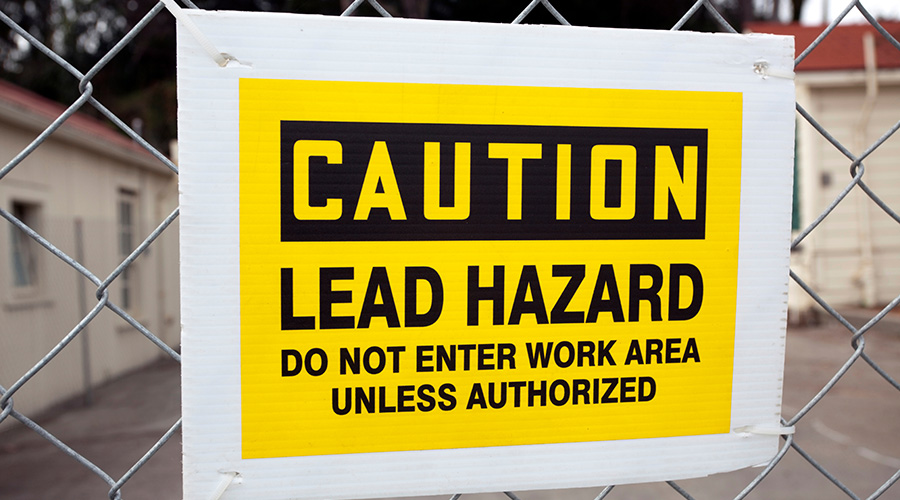Tougher Questions on Deferred Maintenance
 What’s your strategy in putting together your annual deferred maintenance plan?
What’s your strategy in putting together your annual deferred maintenance plan?
Obviously, no manager develops this plan on a whim, given the importance of cataloging, prioritizing and tackling an organization’s inevitable backlog of repairs. And the task is not likely to go away anytime soon. Few organizations overfund maintenance departments, which is what created backlogs in the first place.
So the real challenge for managers is to develop this important list so those controlling the purse strings — whether it’s an organization’s executives or school district voters — understand the pressing need for decisive action and feel as though a commitment to provide funding is a sound financial investment.
Because so many buildings need repairs to nearly every system or component, a common strategy is to develop the list in a way that catches people’s attention — for instance, making high priorities of needed repairs to electrical and HVAC systems and to building envelopes to prevent leaks.
Such projects tend to resonate with an organization’s financial types because, left unchecked, the problems threaten the operation of the facilities and the productivity of the occupants, whether students, nurses or computer programmers.
Another strategy is to make sure the list features “appearance” items, visible projects that demonstrate how managers spend the money earmarked for deferred maintenance.
The strategies and tactics managers use in developing the deferred maintenance list are likely to become more important because the economic environment is changing. Signs are growing that, in some parts of the country, patience is wearing thin with major spending for deferred maintenance.
California is the prime example. School enrollments are growing, buildings are aging, and voters earlier this month faced yet another school bond issue, this one for $10.4 billion. Since 1996, the state’s voters have approved more than $96 billion for school construction and repair projects.
Between local and state bonds, public schools and colleges in the state have spent an average of $26 million dollars a day for the last 10 years on construction and repairs, according to the Contra Costa Times.
The next question in many parts of the country is, how are organizations spending money aimed at deferred maintenance? A new survey from the 21st Century School Fund — www.21csf.org — reports that, despite increased spending on public school construction and repairs nationwide since 1996, schools in the worst condition at that time tend to still be in the worst condition.
In light of this and similar reports, it seems likely that maintenance managers will face tough questions in securing funding for their deferred maintenance plans, and maybe even tougher questions once the money is spent.
Related Topics:








 What’s your strategy in putting together your annual deferred maintenance plan?
What’s your strategy in putting together your annual deferred maintenance plan?


